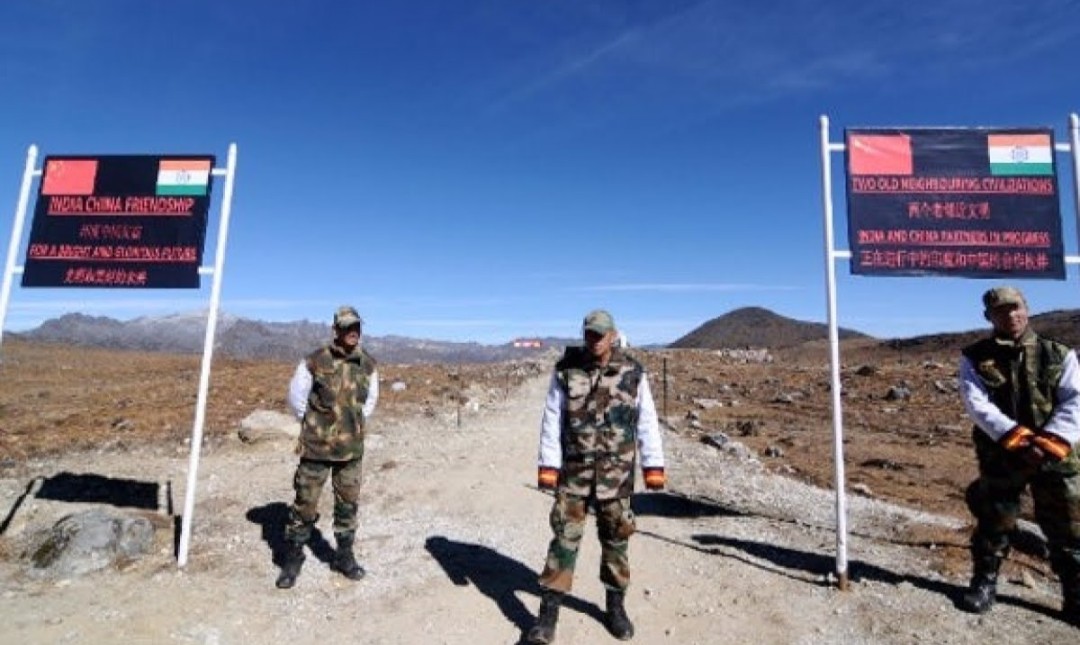The stand-off between the Indian and Chinese armies in eastern Ladakh is now in its ninth week. A conversation between the two foreign ministers, three rounds of Corps Commander-level talks, other discussions at the diplomatic and military levels have failed to break the impasse. On Friday, Prime Minister Narendra Modi said the “enemies of India have seen the fire and fury of our forces”, and warned that “India’s commitment to peace should not be seen as its weakness”.
What options are available to India to restore status quo ante on the Line of Actual Control (LAC) in the region?
OPTION 1: Evict the Chinese by force, destroy what they built
The most straightforward course of action would be for Indian soldiers to push out the Chinese from the new areas that they have occupied in the last eight weeks, and destroy all the infrastructure China has built on the Indian side of the LAC.
This, however, will almost certainly lead to military escalation and in a full-blown war. Even the limited attempt to evict the Chinese from the observation post near PP14 on June 15 led to the clash in which 20 Indian soldiers and an unspecified number of Chinese lost their lives.
In the areas where the Chinese have come over to the Indian side of the LAC, the Indian Army may not be well disposed, due to constraints of terrain or infrastructure, to execute such a precisely targeted operation successfully. Also, some of the areas that the Chinese have entered are claimed by both countries, with no agreement over the alignment of the LAC. This will make it difficult for New Delhi to garner international support for its move.
 A map of the Ladakh region. (Express)
A map of the Ladakh region. (Express)
OPTION 2: ‘Quid pro quo’ tactic
There are areas on the LAC that are not strongly defended by the Chinese, where Indian soldiers can move in and occupy a swathe of Chinese territory. At the negotiating table, the two sides can then exchange the occupied territories, and restore status quo ante. This option has been discussed at the highest levels — most noticeably in the 2012 policy document ‘Non-alignment 2.0’ — and is believed to have also been war-gamed by the military. According to strategic affairs analyst Ashley Tellis, the 2013 Chinese incursion in Depsang was reversed within three weeks after the Indian Army moved to the Chinese side in Chumar, and did some construction of their own. In the negotiations that followed, the two sides agreed to return to their earlier positions.
The ‘QPQ’ option exists even now, as the entire LAC from Ladakh to Arunachal Pradesh cannot be physically defended by the Chinese army. But such proactive options have a certain window of opportunity, which may have been lost after eight weeks of tensions. Also, it carries the risk of military escalation, as the Chinese may misread it as a larger military attack, or see it as a provocation.
PROBABILITY: Unlikely, but possible.
OPTION 3: Hold the line and negotiate
In this scenario, the Indian Army “holds the line” by deploying in strength along the LAC to ensure that the Chinese do not ingress deeper. This stops the Chinese at their current positions, while preparing Indian defences and allowing for a buildup of troops for any eventuality that may arise. The forces also get time to build up arsenal and stocks through import of critical material.
Talks are held simultaneously, including, if required, at the highest political level, to ensure the Chinese side returns to status quo ante. These are backed up by non-military moves against the Chinese, in the economic and trade domains, as has been witnessed recently. It allows New Delhi to demonstrate its resolve to the Chinese, while signalling to the world that it is a responsible power that would not be reckless.
With inputs from India Today

